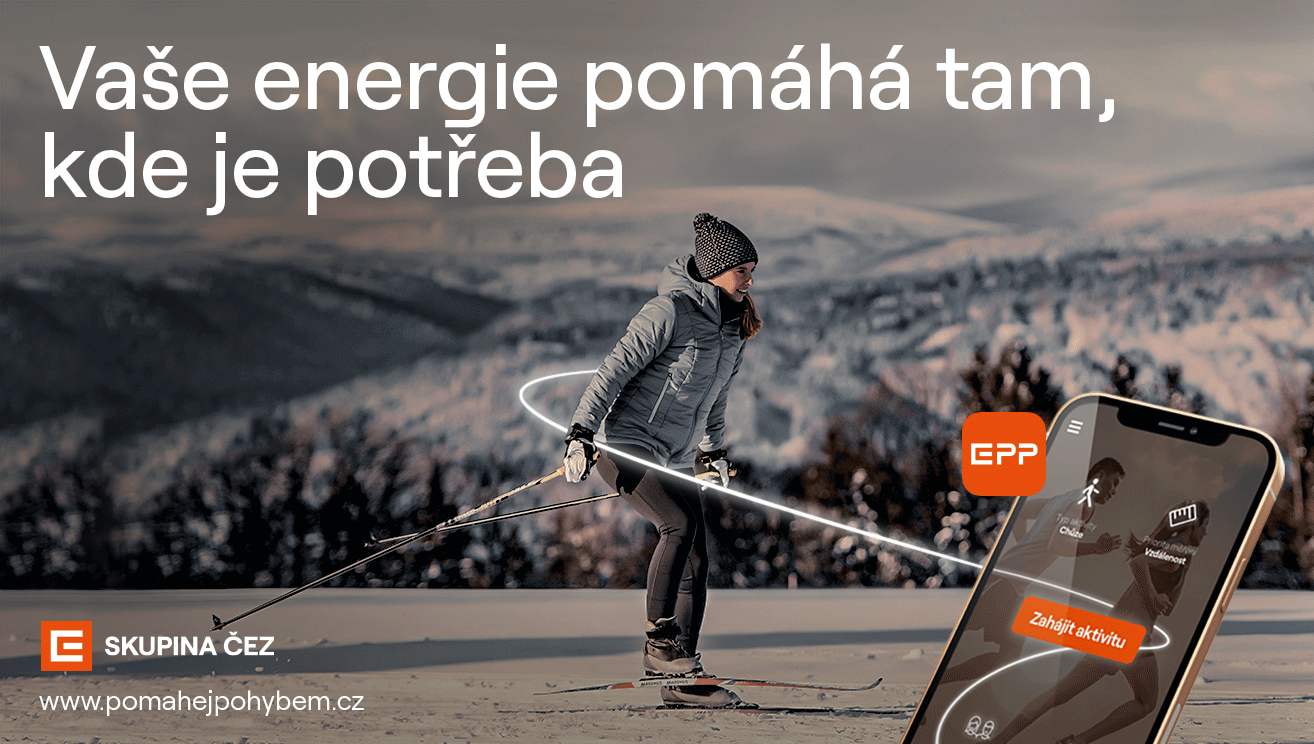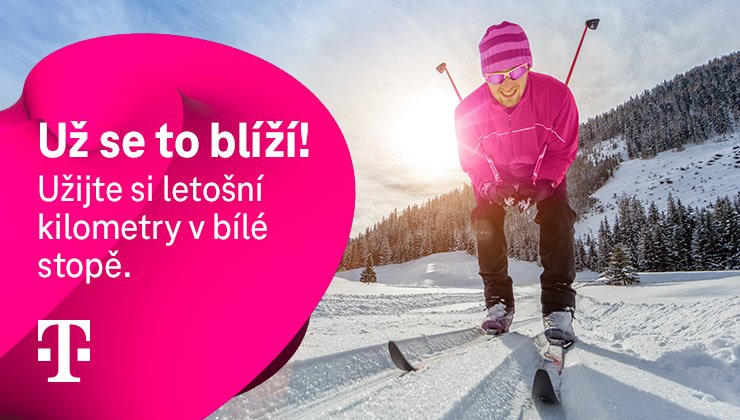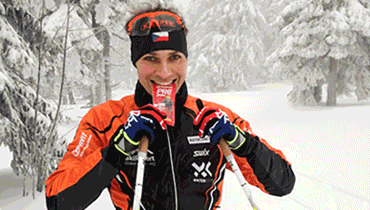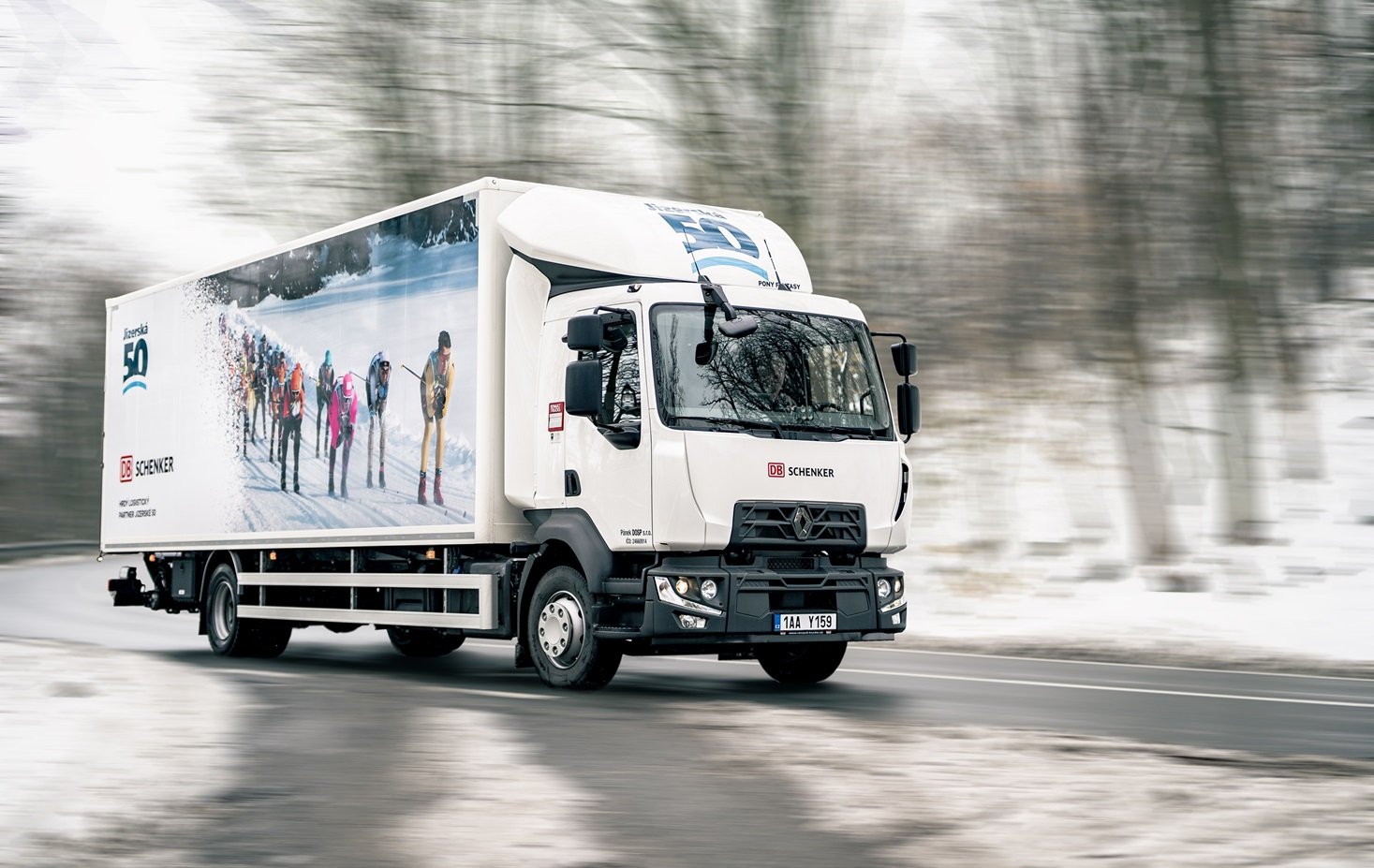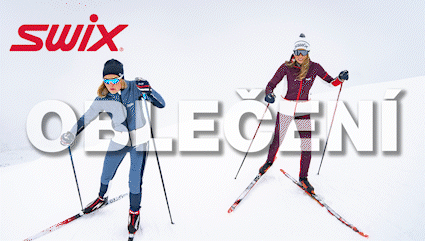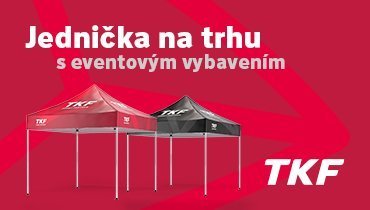Five tips for early winter training for skiers
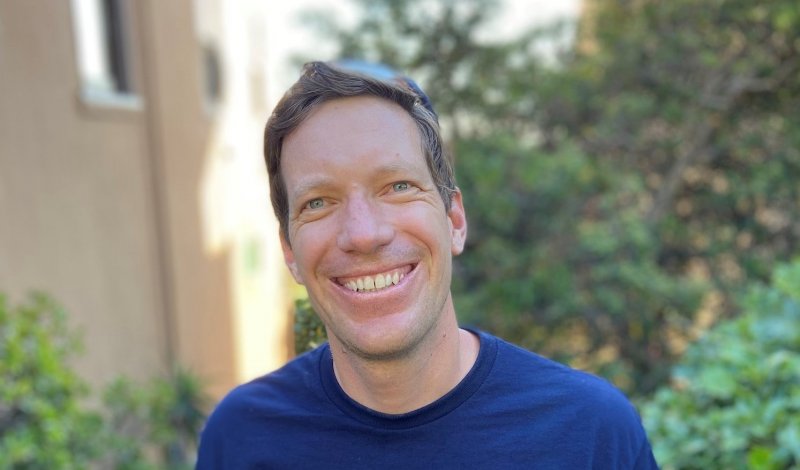
Winter is here on the Northern Hemisphere! It’s an exciting time to be back on snow and all of a sudden racing isn’t as far away. It’s important to keep things in mind as we transition back to snow. Here are 5 tips for your early winter training for skiers making sure the transition to winter is smooth.
- Return to the Basics.
For getting back on to snow it’s important to focus on proper technique and good body position. Remind yourself of good fundamentals so that your skiing is efficient and smooth. One thing I always do is once I get my skis on is take a couple of hops. When we land, we will land with ankles and knees bent in a good position. Also, keep your spine long. This means having your core engaged and allows you to keep your center of mass (your torso) over your feet. These tips are true for both classic and skate skiing. Spend plenty of time when you first get back onto snow skiing without poles so that you remind yourself of proper body position and efficient skiing. Start each ski session with 2-3 drills that you find helpful! Here is a good basic skate ski drill that I often use for the start of every session.
- Stretching and Mobility.
Skiing on-snow uses different muscles than we may be used to. Even with the best training programs. Our shoulder and hips often get more use when we are skiing. This can lead to tightness in those areas and also in the low back. When talking about winter training for skiers, it is important to spend 10-15 minutes after you ski to stretch out these key areas. It’s important to keep this going through the winter as well. It can also be useful to do a quick “Dynamic Warm Up” before getting out onto snow. Here is a simple one that I use. This format helps us warm up and stretch before getting out onto the trails.
- Strength Training.
Even though it’s very exciting to get onto snow, it’s important that we keep other modes of training in. Strength training in the winter doesn’t need to be hard, but can be used to balance out the muscles that we use more in skiing. Balancing out the muscle groups can help us stay healthy and without injury. Some of my favorite winter exercises are: plank, side plank, glute or hip bridge, “Deadbug”, “Romanian Deadlift”, and other core exercises. Reach out and I can make additional recommendations with videos! Also working on a couple of videos that will be up on YouTube soon with winter strength workouts for skiers. Doing 15-20 minutes of strength 2-3 times per week is a great way to keep your body strong and healthy throughout the winter season.
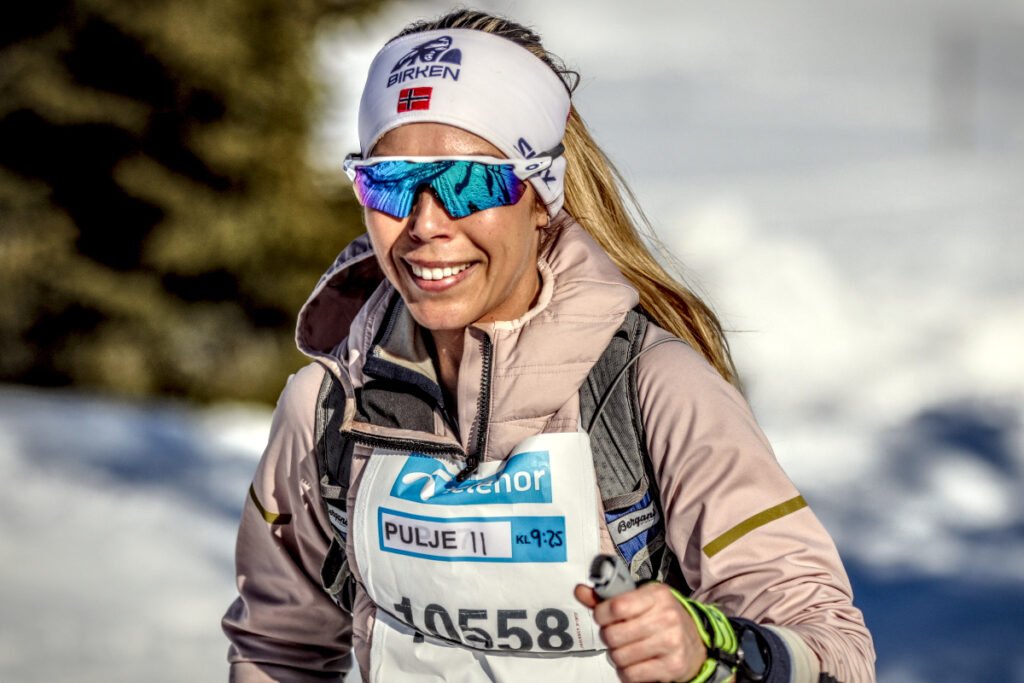
- Prioritize Recovery.
Skiing on-snow is more difficult than modes of summer training. It is also cold outside and the cold air can impact our airways. The cold air is harsher to breath and can leave us more susceptible to throat irritation and colds. It’s often the season when flu and Covid can spread more easily. Make sure you hydrate well and fuel your body well with lots of fruits and vegetables. In addition, take precautions to keep yourself healthy. Wash your hands often and keep your training lighter if you feel run down. Change your clothes soon after you ski. I would prioritize getting on dry socks and a warm, dry top on to make sure our bodies aren’t working harder than they need to.
- Take Care of Your Equipment.
This is not specifically a training tip but proper equipment helps us get more out of our winter training for skiers. We put hours into training, time and money to get to races, and will buy new skis. It’s important that we wax our skis and make sure our equipment is in great condition. At the start of winter give some extra attention to make sure you have everything you need. We can forget those small issues with a pole strap or a boot over the summer when we don’t use the equipment. If you can fix the problem yourself, do it. Otherwise take it to a shop or buy new equipment if it’s something you need. Your training and, eventually, racing will suffer if you are “making things work” and letting your equipment fall apart.
Getting back onto snow is exciting but make sure you are starting off on the right foot so that you can make this your best winter yet! Reach out for more tips or to set up a technique review session!
Martin Benes (Insta: @mvbcoaching) is a personal coach focusing on cross-country skiers. He offers online personalized training plans.
Worldloppet Passport Holders get a 20-%-discount.





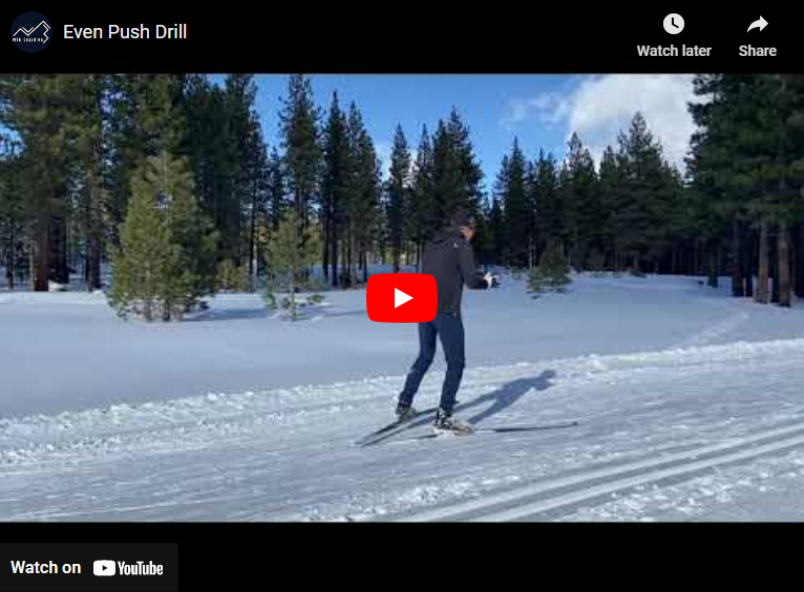




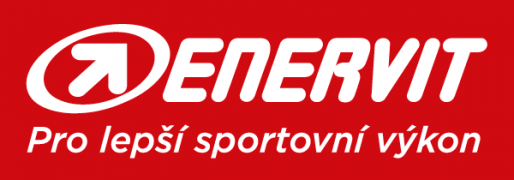

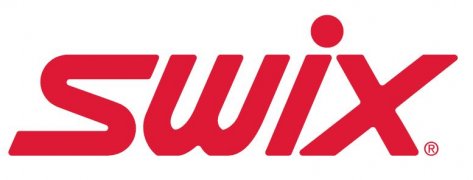













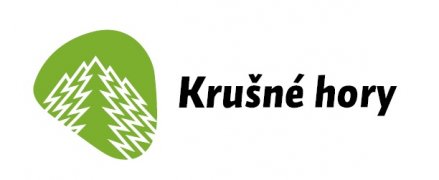
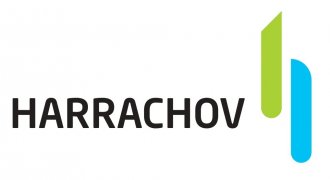
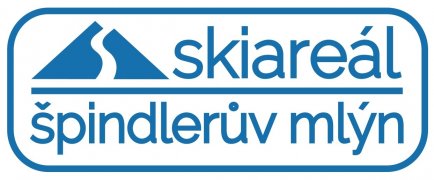



 | 5.4.2024
| 5.4.2024
 | 5.2.2024
| 5.2.2024
 | 29.1.2024
| 29.1.2024
 | 15.1.2024
| 15.1.2024
 | 5.1.2024
| 5.1.2024
 | 21.12.2023
| 21.12.2023
